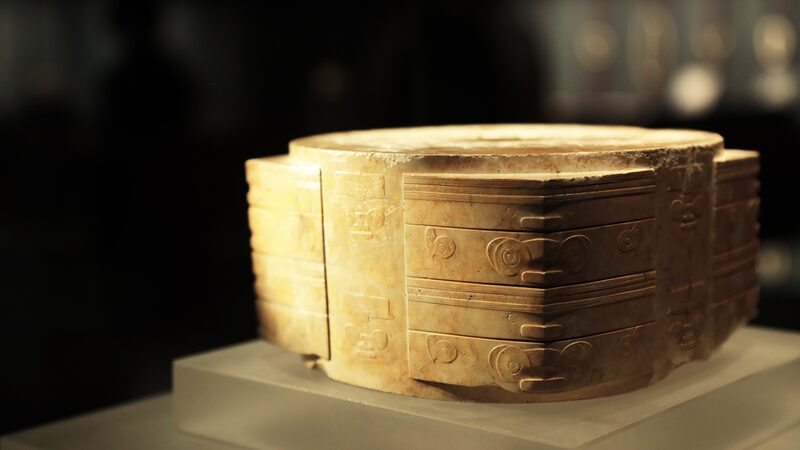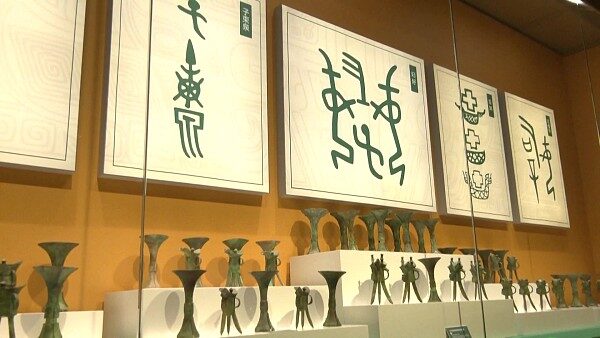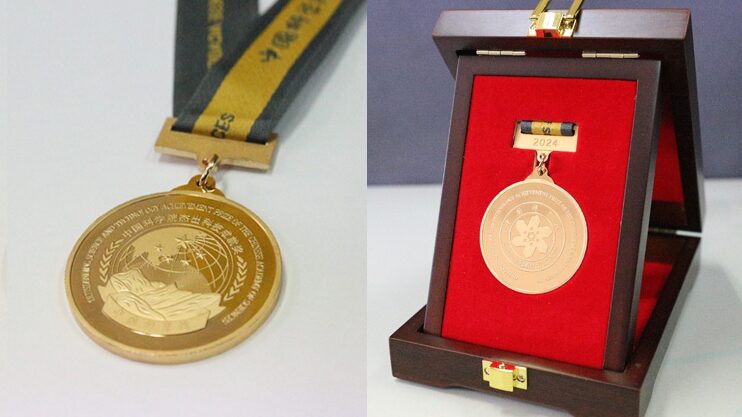In a landmark effort to unravel Tibet’s historical legacy, Chinese archaeologists unveiled sweeping discoveries spanning over 100,000 years of human activity during the Tibet Archaeology Work Report Meeting in Beijing. The findings, collected from 201 systematic excavations since 2021, trace the region’s cultural evolution from the Paleolithic era to the Tubo period (7th–9th century CE), offering fresh insights into the deep-rooted interplay between Tibet and the broader Chinese civilization.
A Journey Through Millennia
Collaborative teams from institutions like the Chinese Academy of Sciences and Peking University identified key sites across seven Tibetan prefectures. At Shanggagang and Melongdap Cave, tools and pottery fragments dating back over 100,000 years revealed early hominin adaptability to high-altitude environments. Neolithic settlements at Maroutse and Rapu—situated 4,500 meters above sea level—provided evidence of sustained lakeshore communities thriving between 4,800 and 2,000 years ago, the oldest-known high-altitude complexes of their kind.
Cross-Regional Connections
Artifacts from the Early Metal Age, including a serpent-patterned bronze mirror found at Guoxiong, mirrored designs from western Sichuan, highlighting cultural exchange networks. Meanwhile, Tubo-era excavations revealed glazed tiles and ironware reflecting material ties to Tang Dynasty technologies and Silk Road trade routes. These discoveries underscore how Tibet‘s development was intertwined with neighboring regions for millennia.
Scientific and Cultural Significance
By constructing a spatio-temporal framework for the Qinghai-Tibet Plateau’s cultural evolution, researchers emphasize Tibet’s role as both a unique ecological frontier and an inseparable thread in China’s civilizational tapestry. Future work will prioritize public outreach to promote awareness of these findings as part of national efforts to strengthen cultural preservation and ethnic unity.
Reference(s):
cctv.com








